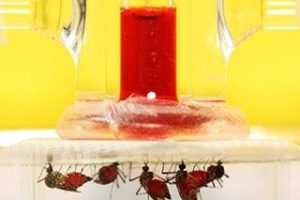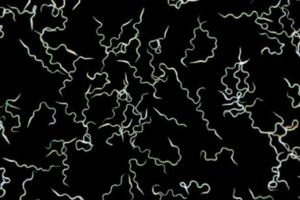odor
Small particles show big promise in beating unpleasant odors
Scientists are reporting development of a new approach for dealing with offensive household and other odors — one that doesn’t simply mask odors like today’s room fresheners, but eliminates them at the source. Their research found that a deodoran…
‘Perfumery radar’ brings order to odors
Scientists are announcing development and successful testing of the first “perfumery radar (PR).” It’s not a new electronic gadget for homing in on the source of that Eau de Givenchy or Jungle Tiger in a crowded room. Rather, PR is a long-awaited ne…
Small particles show big promise in beating unpleasant odors
Scientists are reporting development of a new approach for dealing with offensive household and other odors — one that doesn’t simply mask odors like today’s room fresheners, but eliminates them at the source. Their research found that a deodoran…







